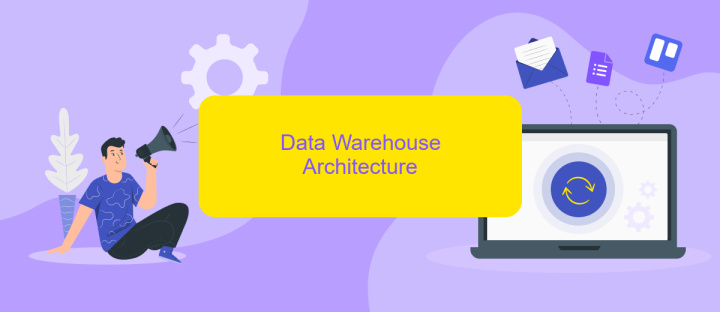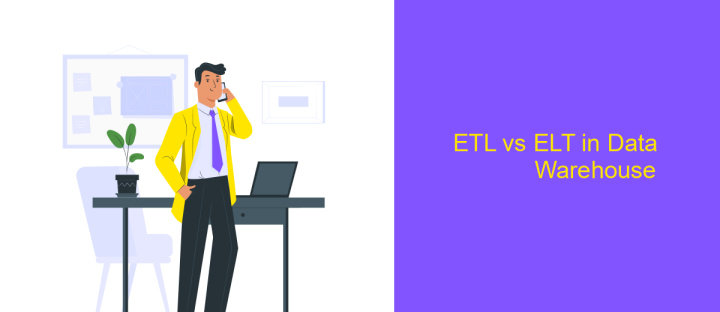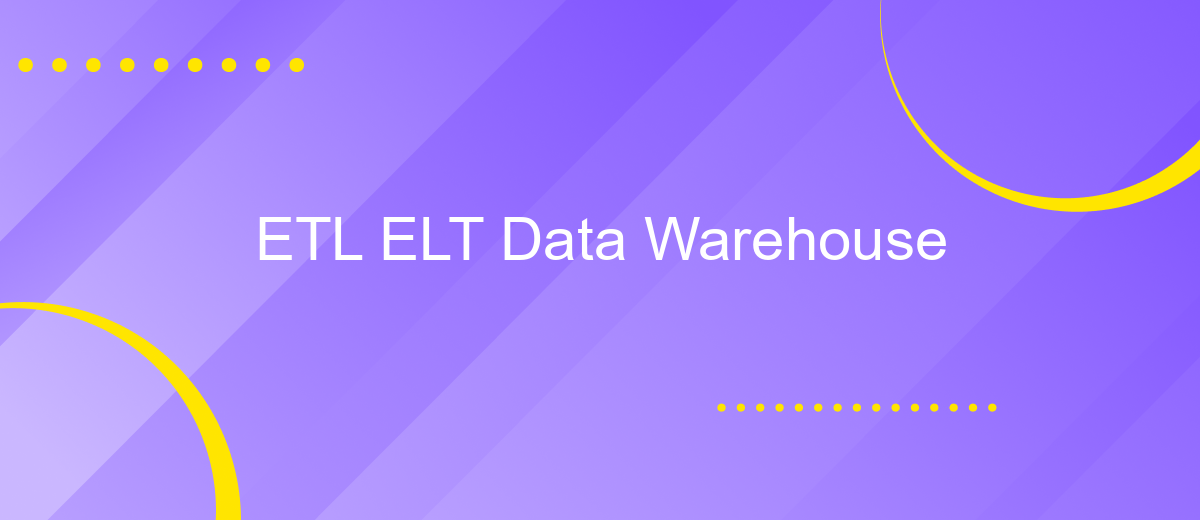ETL ELT Data Warehouse
In today's data-driven world, businesses rely heavily on effective data management strategies to gain insights and make informed decisions. ETL (Extract, Transform, Load) and ELT (Extract, Load, Transform) are two fundamental processes in building and maintaining data warehouses. This article explores the key differences, benefits, and use cases of ETL and ELT, providing a comprehensive guide for optimizing your data warehouse strategy.
Introduction
In today's data-driven world, organizations rely heavily on efficient data processing and management to make informed decisions. ETL (Extract, Transform, Load) and ELT (Extract, Load, Transform) are two critical processes in the realm of data warehousing that facilitate the movement and transformation of data from various sources into a centralized repository.
- ETL: Data is extracted from source systems, transformed into a suitable format, and then loaded into the data warehouse.
- ELT: Data is extracted and loaded into the data warehouse first, and the transformation occurs within the data warehouse itself.
These processes are essential for integrating disparate data sources, ensuring data quality, and enabling advanced analytics. Tools like ApiX-Drive simplify the integration process by offering seamless connectivity between various data sources and destinations, thereby streamlining ETL and ELT workflows. By leveraging such tools, organizations can enhance their data management capabilities and drive better business outcomes.
ETL vs ELT

ETL (Extract, Transform, Load) and ELT (Extract, Load, Transform) are two distinct data processing methodologies used in data warehousing. The primary difference between the two lies in the order of operations. In ETL, data is first extracted from various sources, then transformed into a suitable format, and finally loaded into the data warehouse. This approach is beneficial when the transformation process is complex and requires significant computational power before the data is stored. ETL is often used in traditional data warehousing environments where data consistency and quality are crucial.
On the other hand, ELT reverses the transformation and loading steps. Data is extracted and loaded into the data warehouse first, and then the transformation occurs within the database. This method leverages the power of modern data warehouses that can handle large-scale transformations efficiently. ELT is particularly useful when dealing with big data and real-time analytics. Services like ApiX-Drive can streamline the integration process for both ETL and ELT by automating data flows between various platforms, making it easier to manage and transform data according to specific business needs.
Data Warehouse Architecture

The architecture of a Data Warehouse is designed to handle large volumes of data, ensuring efficient storage, retrieval, and analysis. It typically consists of several key components that work together to provide a robust data management system.
- Data Sources: These are the various origins of data, which can include databases, flat files, APIs, and more. Tools like ApiX-Drive can facilitate seamless integration from multiple data sources.
- ETL/ELT Processes: These processes involve extracting data from source systems, transforming it into a suitable format, and loading it into the Data Warehouse. ETL tools ensure data is clean and consistent.
- Data Storage: This is the core of the Data Warehouse where data is stored in a structured format, often using a star or snowflake schema to optimize query performance.
- Data Access: This layer includes tools and interfaces that allow users to query and analyze the data, such as SQL clients, BI tools, and reporting services.
Effective Data Warehouse architecture ensures scalability, reliability, and performance. By integrating services like ApiX-Drive, organizations can streamline the data ingestion process, making it easier to maintain and expand their data ecosystems.
ETL vs ELT in Data Warehouse

ETL (Extract, Transform, Load) and ELT (Extract, Load, Transform) are two distinct data integration approaches used in data warehousing. Both methods aim to consolidate data from multiple sources, but they follow different processes.
In the ETL process, data is first extracted from various sources, then transformed into a suitable format, and finally loaded into the data warehouse. This approach is ideal for environments where data needs to be cleaned and formatted before storage. ETL is commonly used in traditional data warehousing scenarios.
- ETL: Extract → Transform → Load
- ELT: Extract → Load → Transform
On the other hand, ELT involves extracting data and loading it directly into the data warehouse, where the transformation occurs afterward. This method leverages the processing power of modern data warehouses, making it suitable for handling large volumes of raw data. For seamless integration, services like ApiX-Drive can automate data transfers, ensuring efficient and accurate data processing.
- Automate the work of an online store or landing
- Empower through integration
- Don't spend money on programmers and integrators
- Save time by automating routine tasks
Conclusion
In conclusion, the implementation of ETL and ELT processes is fundamental for the effective management of data within a Data Warehouse. These methodologies not only streamline data integration but also enhance the accuracy and accessibility of critical business information. By leveraging the strengths of both ETL and ELT, organizations can optimize their data workflows, ensuring timely and reliable data delivery.
Moreover, tools like ApiX-Drive play a pivotal role in simplifying the integration process. With its user-friendly interface and robust capabilities, ApiX-Drive enables seamless connections between various data sources and your Data Warehouse. This ensures that the data is consistently updated and readily available for analysis, empowering businesses to make informed decisions based on real-time insights. Thus, adopting ETL and ELT processes, complemented by integration services like ApiX-Drive, is essential for maintaining a competitive edge in today’s data-driven landscape.
FAQ
What is the difference between ETL and ELT?
Why should I use a data warehouse?
How frequently should I update my data warehouse?
What are some best practices for ETL processes?
How can I automate and integrate my ETL processes without extensive coding?
Do you want to achieve your goals in business, career and life faster and better? Do it with ApiX-Drive – a tool that will remove a significant part of the routine from workflows and free up additional time to achieve your goals. Test the capabilities of Apix-Drive for free – see for yourself the effectiveness of the tool.


